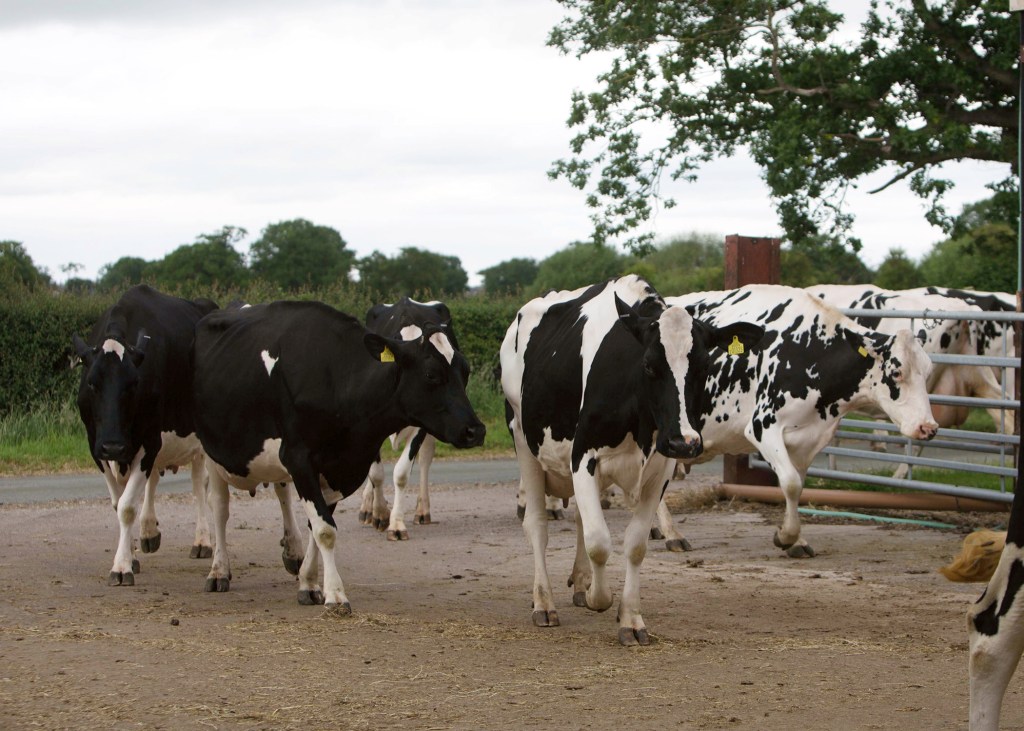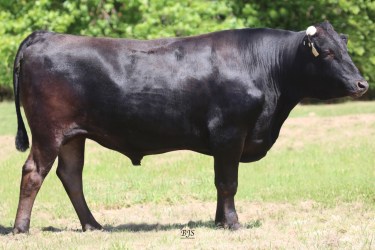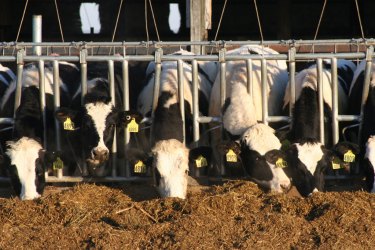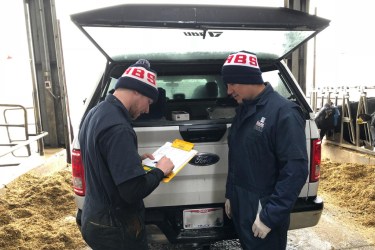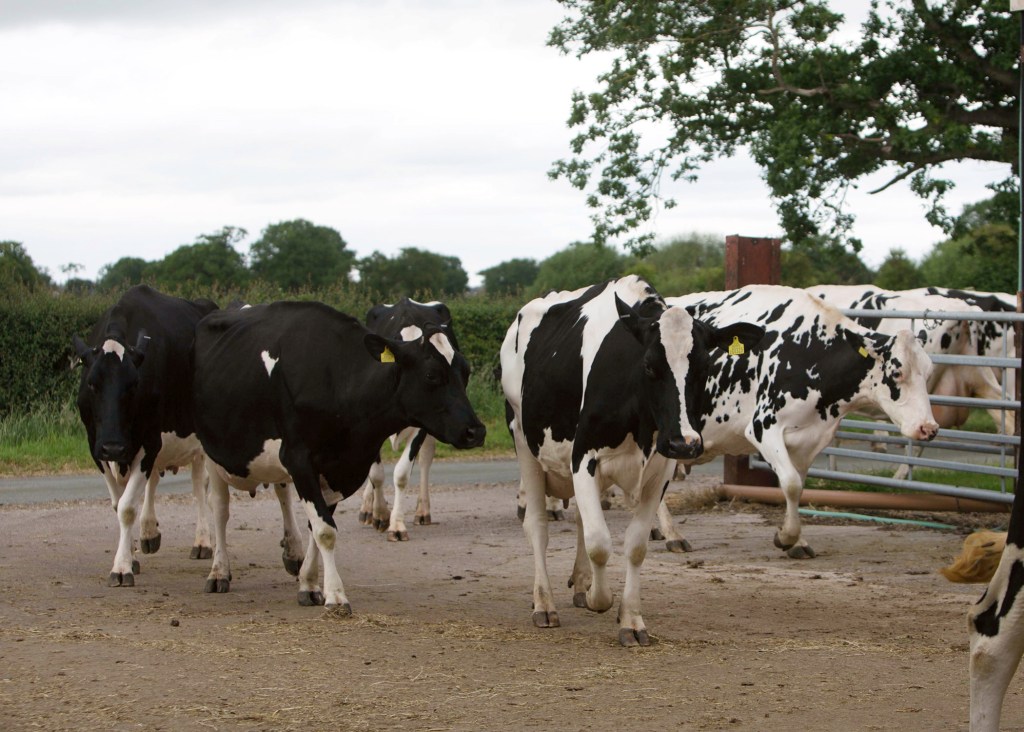
Jon Mouncey, Technical Services Veterinary Consultant
Improving your cattle’s mobility has potential to improve the reproductive efficiency, milk production and welfare of your herd. Many studies have demonstrated the link between mobility and reproductive outcomes in dairy cattle. Lame cows with claw lesions have been found to be half as likely to conceive as healthy cows, taking 36-50 days longer to conceive than non-lame cows, with 10-20% lower conception rates at first insemination and 314 to 425 kg less milk per 305 day lactation. It is estimated that each case of lamenss costs £323 on a typical dairy. Levels of lameness varies tremendously between dairies and from region to region. However, there are a number of questions you could consider when looking to improve mobility within your herd.
1. Do you know the levels of mobility within your herd and are they improving? When I’m on farm and enquire as to the mobility of the herd the answer is often “I have a foot-trimmer every fortnight”, and although this demonstrates the importance given to herd mobility by the dairy and an important step in addressing lameness on farm, it is not an assessment to understand the levels of mobility within the herd and whether they are changing. Mobility scoring regularly, where cows are scored on a scale of 0-3 based on their mobility gives you greater insight and opportunity to measure interventions your make on farm to reduce lameness. Most of us can identify severely lame cows and make decisions to improve their welfare promptly, however subtle lameness can often be overlooked. Research carried out by AFBI (Hillsborough) has shown that on average 33% of cows in a herd were mobility scored as 2 or 3. Training in mobility scoring can often be found with local veterinary practices or details can also be found of accredited independent scorers within the Register of Mobility Scorers.
2. Have you made a diagnosis of the mobility issues on your farm? An advantage of working with a registered foot trimmer, or having been trained through a recognised course, is the availability of data based on recognition of foot lesions of your cattle. Common diagnoses include claw horn defects associated with sole ulceration, white line lesions and digital dermatitis. Each of these are likely to require different interventions to reduce the incidence of new cases occurring on your farm.
3. Have you identified the risk factors to mobility on your farm? Lameness is multifactorial in nature and as such a wide array of on-farm risk factors have been identified. Deep bedded cubicles or straw yards have been associated with lower prevalence of lameness, thought to increase lying times and reduce time spent standing on concrete. Increased risk of digital dermatitis has also been found in farms using less than 5cm bedding compared to farms using more. Deep sand bedding is associated with the lowest herd lameness prevalence repeatedly within studies. Increasing lying times has the potential to reduce the incidence of solar ulceration. Routine preventative claw trimming at 60-100 days post calving has been shown to improve mobility as there is evidence showing that cows are more likely to become lame 5-7 months after calving with an increased risk from while line lesions 3-5 months into lactation. Routine footbathing is associated with improved mobility within dairy herds and increasing frequency of footbathing decreases the risk of lameness further. Crucially though the volume of footbath should be known to ensure adequate concentrations of footbath chemicals are correct. Dry cows should also be routinely foot-bathed. Consideration should also be given to breeding decisions to ensure the next generation of heifers coming through have a significant opportunity to have improved locomotion compared to their dams.
In summary gaining an understanding of levels of mobility in your herd and setting a goal to improve will give you significant gains in reproductive efficiency. Bringing together your foot-trimmer, vet team and genetic advisor would be a good first step forwards. ** reference are available upon request.



